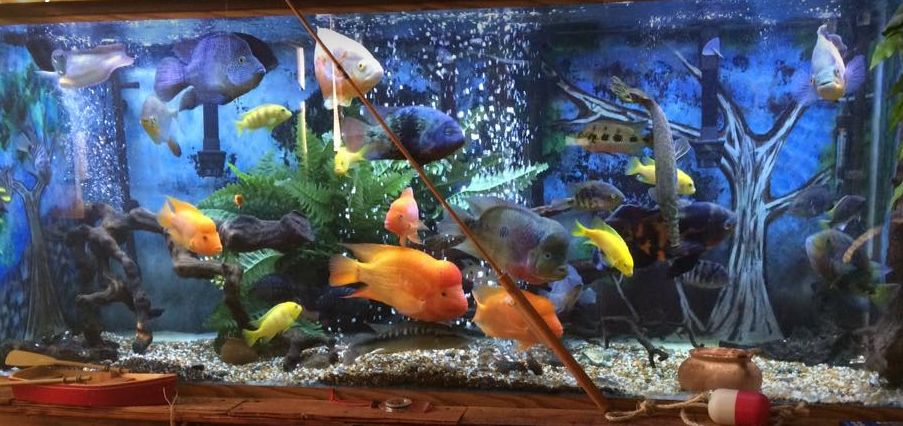
Fish in Cycling can VERY RARELY Kill Fish
The PETA folks and other well-meaning hobbyists will rail against “fish-in cycling” as being “mean and cruel”. They say fish-in cycling will hurt, damage, or even kill the fish. They have a point in certain rare cases. If beginners in the hobby know enough to only put in a few fish and only fed a small amount of food to those fish, fish-in cycling would be fine.
But typically beginners are not knowledgeable. They sometimes overstock new tanks and they almost invariably overfeed their fish. This combination can VERY RARELY kill fish over weeks. Note that the killer is generally either bacterial toxins or nitrite, not ammonia.
The following in an in depth analysis of fish-in cycling. It is guarantied to put one to sleep unless one is a nerd like the author.
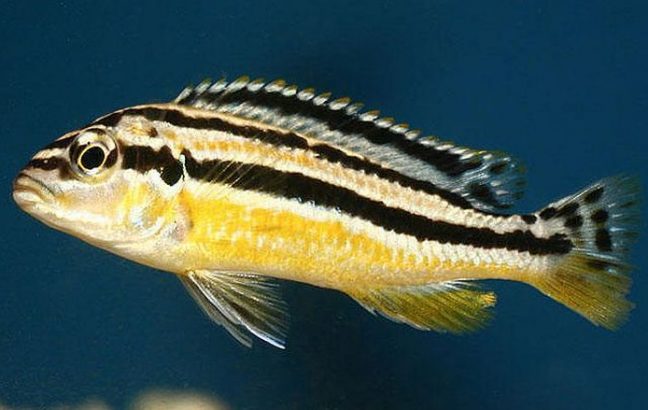
Fish-in Cycling in Depth
There is another mechanism that can kill fish. If a filter is not mature enough to remove ammonia from the water it is also not mature enough to remove something called “dissolved organic compounds” (or DOCs) from the water. So there ends up being a cascade:
- leftover food and feces form dissolved organic compounds (DOCs)
- dissolved organic compounds feed bacteria in the water column
- fish devote a lot of their immune system to fighting these bacteria in the water column
- the bacteria also produce toxins
- the bacteria use up oxygen in the water
- the fish’s immune system can’t keep up with the bacteria load, the toxins, and the low oxygen level and a pathogen gets through to infect the fish
- and the fish die
This cascade is why fish can die in water with only small spikes in ammonia and/or nitrite.
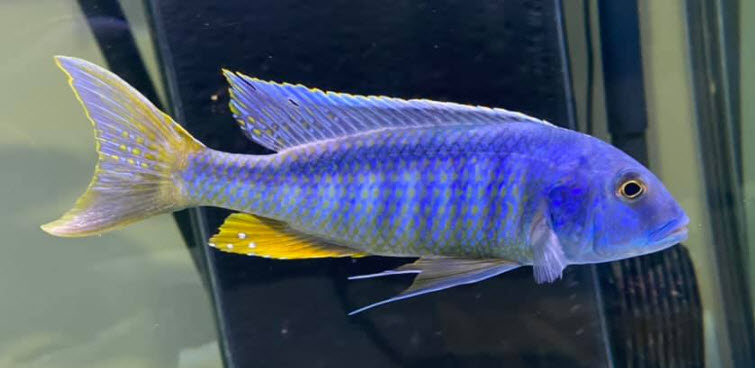
When a batch of new fish is put into a new tank that hasn’t been cycled sometimes a lot of them will die overnight. And the small ammonia reading in the aquarium will be blamed for the deaths. There are a lot of reasons for fish to die overnight and ammonia poisoning is not one of them. Those reasons are reviewed in this link
1.6. Rapid Fish Deaths
Many experienced fishkeepers recommend fish-in cycling as the best method of cycling because of its simplicity. These fishkeepers included Cory of Aquarium Co-op, probably the most knowledgeable fishkeeper in the business. So this method is not to be lightly dismissed. As long as one doesn’t feed too much or get too many fish, fish-in cycling works well. The problem is that many newcomers don’t know what “feed too much” or “too many fish” mean, which can, VERY RARELY, be a disaster.
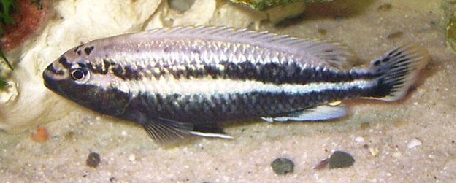
Experience
Fish-in cycling is not done by experienced fishkeepers because the level of fish that can be handled at the end of cycling with a fish-in cycle is much fewer than the level that can be safely handled by a properly done fish-less cycle. Properly done fish-in cycling rarely goes above 0.5 ppm ammonia whereas fishless cycling can hit 1 to 10 ppm ammonia, depending on how it is done. So fishless cycling gives one much larger beneficial bacteria colonies able to handle much larger and many more fish.
Fishless cycling can also be done in half to one-fourth the time it takes to do fish-in cycling. And the water can be crystal clear and very healthy for the fish with fishless cycling. With fish cycling, the water is typically pretty “dull” and not crystal clear. This type of “dull” water is not healthy for the fish.
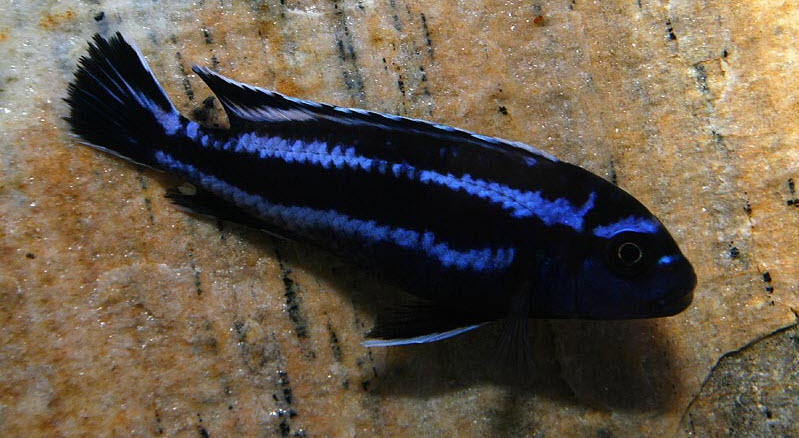
The Advice for a Beginner
It is very common for a newcomer to the hobby to find themselves with a brand new aquarium and some fish sold to them by the fish store. It is also very common for some know-it-all “fish police” on social media to tell the newcomer their fish are going to die and that they should have known better than to do that. If you find yourself in this position, know that your fish will probably survive just fine.
I’ve been in the hobby for fifty years. I set up many tanks years ago and just put in water conditioner and then just dumped the fish in. And the fish did just fine. I used under-gravel filters. The water got cloudy for a few weeks. I ignored it and let Mother Nature do her thing with no water changes, no bacteria-in-a-bottle, and no chemicals. And the water cleared at four to six weeks and all was well. I got brown algae on all my ornaments and I learned to live with it.
But the little book on “How to Set Up an Aquarium” I got with my first aquarium said that beginners often overfeed fish, which can kill them. So I took that advice to heart and fed my first aquarium quite lightly. And I only added a few small fish. So so long as the newcomer feeds only small amounts of food to a small number of fish during fish-in cycling they will be just fine. And I know, I hear the howls of protest: “that’s old technology and is no longer true”.
Isn’t it amazing how what you did fifty years ago many times and it worked fine no longer works? I guess the fish have evolved with the technology.
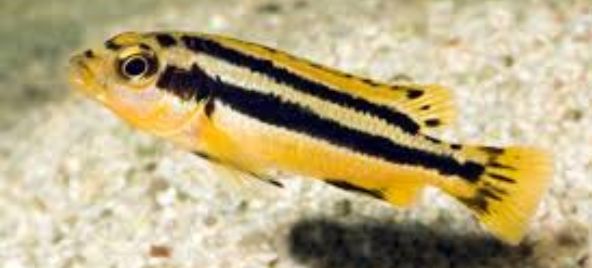
Why Fish-in Cycling Works
The reason fish-in cycling can work is that ammonia and nitrite are just not as poisonous as we have all been led to believe. Levels of ammonia need to get to at least 32 ppm at 7.0 pH before there is a possibility of any long-term damage. Nitrites are much more of a concern as at a pH of 7.0 even 1 ppm nitrite is a concern. The “alarm” levels below are when one needs to get concerned.
Ammonia and nitrite toxicity is very dependent on pH. The most accurate way to illustrate the toxicity of ammonia is a chart derived from the University of Florida ammonia toxicity chart (Publication #FA16, “Ammonia in Aquatic Systems”, Ruth Francis-Floyd).
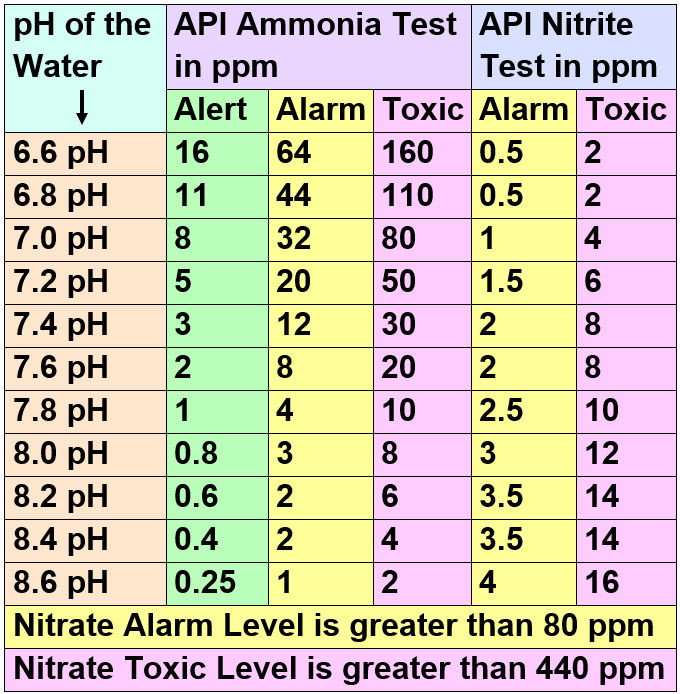
To use the chart, first, measure your pH. Find the pH in the left column. Read across as to the toxicity level with the API test. If one’s pH is 7.6 one should be “Alert” at 2 ppm and watch things, “Alarmed” at 8 ppm and do water changes, and fish will start dying (“Toxic” level) at 20 ppm. To read the API test kit at those levels one must dilute the water by a factor of ten and then multiply the results by ten. . There are dozens of other very similar charts by other university researchers. These numbers will shock most hobbyists but they are accurate.
Now we do not recommend going above 2 to 4 ppm ammonia with fish in cycling. The ammonia typically won’t be toxic but the bacteria that accompany that high ammonia levels will be toxic due to the cascade shown above.
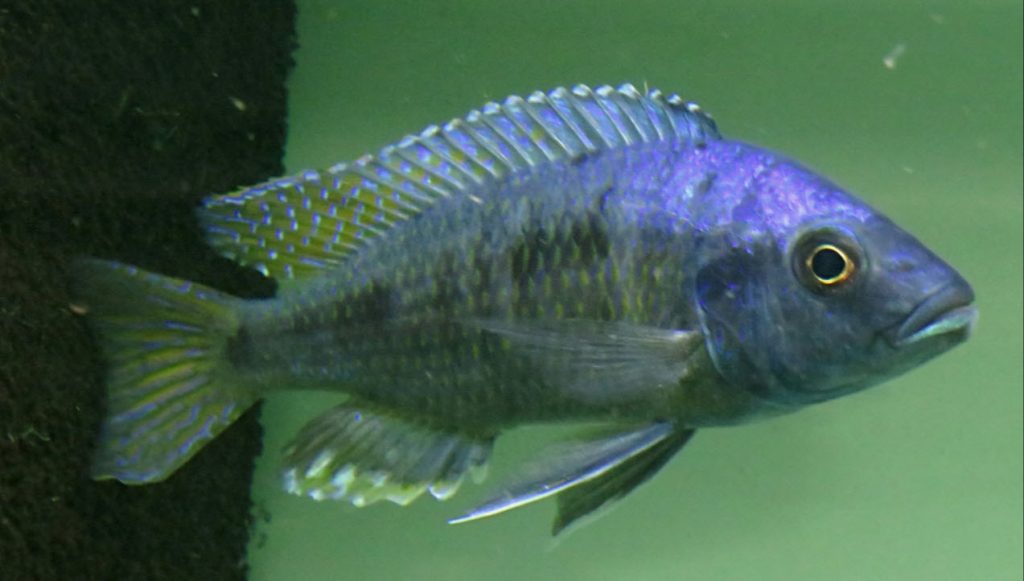
There is another graph currently being circulated on social media forums. This graph is horribly inaccurate. If these recommendations were followed one would never be able to complete cycling a fish-in aquarium cycle. And the number of water changes one would subsequently have to do to keep nitrates down will drive anyone out of the hobby. This sort of misinformation is rampant on social media:
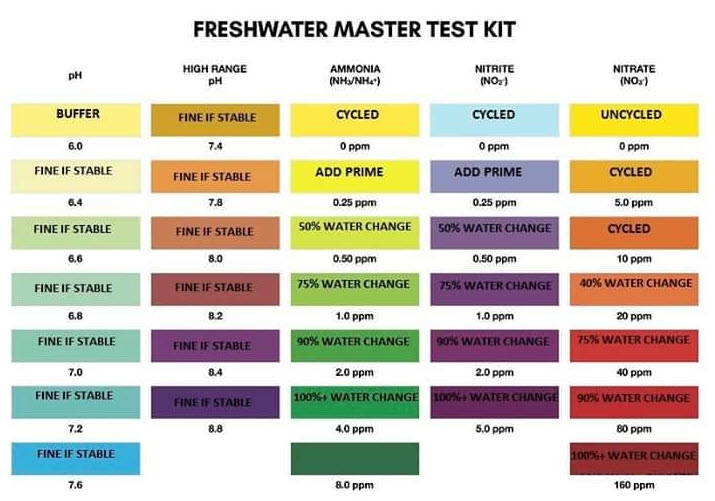
Let’s assume the pH of one’s aquarium is 7.4. Then the level where major water changes are “required” per this “one size fits all” chart is 4% the level of ammonia, 25% the nitrite, and 25% the nitrate the recommendations of all the aquaculture research centers in the world. This “one size fits all” chart is completely at odds with what the University of Florida and about a dozen different universities are recommending as to the safety levels of various toxins in an aquarium. It is just bogus information. Sorry, can’t sugarcoat this. I do suspect that this chart makes a lot of profit for Seachem from sales of Prime ….. hhhmmmm… ???
Here is a link to many university papers on the topic of toxicity of these compounds:
5. Ammonia, Nitrite, Nitrate, and Chlorine Toxicity
.
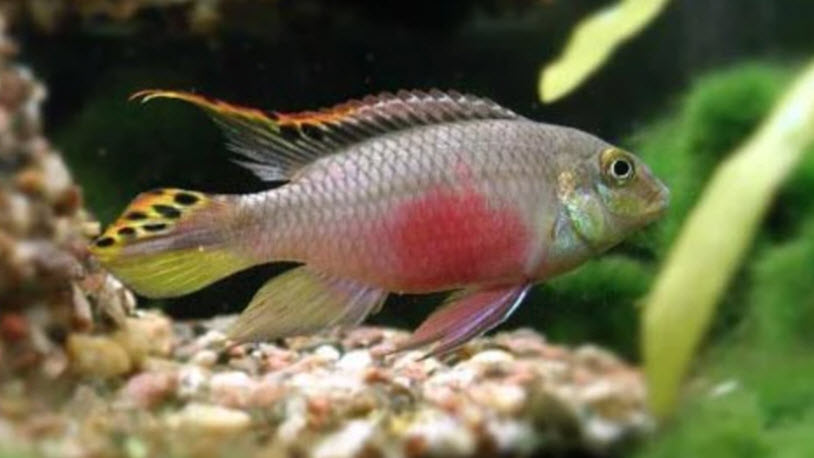
Belief Perseverance Effect
Now there is a psychological phenomenon called the “belief perseverance effect” which is very strong. “Belief perseverance effect,” says that if someone believes that small amounts of ammonia can kill fish overnight and fish-in cycling is cruel to fish, they will rationalize and support that belief no matter what.
.
“Nothing dies harder than a lie that people want to believe” Calvin
.
There is no way any evidence, testing, or scientific papers from reputable Universities can penetrate the brick walls that the belief perseverance effect puts up in the mind. So we won’t try.
.
Return to Cycling Menu
.
Aquarium Science Website
The chapters shown below or on the right side in maroon lead to close to 400 articles on all aspects of keeping a freshwater aquarium. These articles have NO links to profit-making sites and are thus unbiased in their recommendations, unlike all the for-profit sites you will find with Google. Bookmark and browse!
.
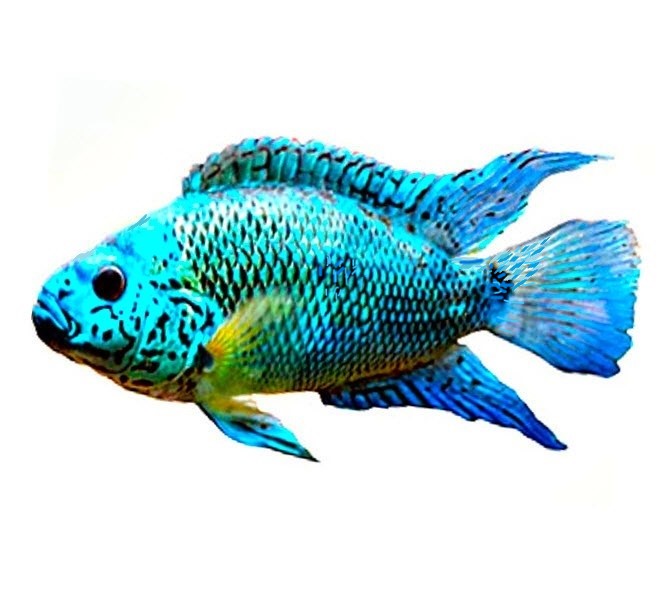
Dave says
In reply to anonymous …… You are correct. With patience and time all will even out (three to six months, depending on inoculate and a host of other factors).
Anonymous says
“With fish cycling, the water is typically pretty “dull” and not crystal clear. This type of “dull” water is not healthy for the fish.”
but given enough time the bacteria would grow to the same amount as any other cycling method and give a crystal clear water, right?
Dave says
In reply to Gareth …… At a pH of 7.6 to 7.8 I would do a 50% water change if the nitrites hit 5 ppm. Let the nitrates go completely when doing cycling. And then add some more salt.
Gareth says
Hi Dave, thanks for the reply.
My PH is 7.6/7.8 or thereabouts.
At what level of nitrite or nitrate should I be doing a water change then?
I’m usually a fishless cycle guy but have found myself in the position of a fish in cycle so this is all new to me.
Dave says
In reply to Gareth …. all depends on the pH … as long as the pH is above 7.2 a 2 ppm nitrite should be just fine. If it is lower than 7.2 do a 50% water change. And I goofed up on the tablespoon recommendation, good catch.
Gareth says
Hi,
What percentage of water change would you recommend if the nitrites read 2ppm during a fish in cycle? My readings are as of today Ammonia 0, Nitrites 2 and Nitrates 80
I dosed with aquarium salt as per your instructions in another section of the website.
On that note, I dosed teaspoons as you mentioned elsewhere as opposed to tablespoons which I noticed you referenced above, could you confirm which I should have used? Thanks
Dave says
You are right on track. Just let the two tanks be for at least four weeks and you should be just fine.
Anonymous says
Side note: please forgive the typos in my long post. Fat fingers and typing on a phone at night night makes for poor editing.
Tylir
Tylir says
Hi Dave, I’m new to aquariums but a researchers by trade (and psychologist as well, so I appreciate your belief perseverance nod).
To make a very long story short, I have been learning the hard way until I find came across your site and thanked the science gods for your logic and science to bring me out of the frustration and despair.
I have two tanks and have made many mistakes, but am learning from all of them with the number one take away being… Stop f&*#ing with things and let it be. I appreciate the eyeball analogy for the feeding. I think I am still overfeeding and have to work on that (what can I say, I don’t like to think these little guys are hungry, but hungry is better than dead).
Anyway….
I have read and reread the site and really just have a question about the numbers and if I should do anything, at all, or just let it ride.
One tank (20 gal) showed 0 ammonia (finally) and 0 nitrite after a nightmare of learning, so I opted to add more fish. The tank was clear for a few days but now is dull and cloudy. I think some is due to stiring up the gravel, some is due to overfeeding, and some is due to my filter getting clogged. It’s well aerated and the fish seem fine (previous fails with this tank they did not seem fine so I’m not too worried). But.. over the last couple days the nitrites have spiked up. Is this just due to over feeding, or is it because the increase in stock produced a new cycle again, or both? My filter is not gunked with gold like I’d like, in fact they are both (my 29 gal too) a little more on the blackish side.
Then I have my 29 gal. This one I fish-less cycled… Or so I thought. I got the ammonia up, and nitrites up, but jumped the gun and added 3 fish. Then it seemed to all settle again, water is clear, no ammonia, no nitrites, so I added 5 more…. My bad there as I think again, I over stocked in one jump. But for a few days, I had just 0.5ppm ammonia and 1ppm nitrite. Then the ammonia fell but now its nitrites have spiked up to 5.0ppm. I added some salt 2 days ago, but can tell if I should add more, leave it alone (bc now I’m finally showing nitrates too), or do something else.
All in all, the first don’t seem sickly as I saw that during my first failed run. These are both freshwater tanks. pH is a solid 7.6-7.8 all the time. And I just have some small fish (the biggest in either tank is the gloshark at 3″). The 20 gal has 6 total fish, the 29 gal has 8.
The biggest thing I have learned from you is that doing nothing is better than falling victim to the panic. Wish I knew this before I bought Prime, Stability, AmmoLock, etc and changed filters and water and…….. Cause once I stopped screwing with things it did get better and did start to actually cycle. But it’s hard to not worry that I am doing something wrong. Then again, truth is, if I didn’t test at all, I’m not sure I’d think anything was wrong. Only the slightly dull water of the 20 gal would show any indication.
So both have 0ppm ammonia now, and the spike of the nitrites has been maybe 4 days ish. The 20 gal is only 1ppm nitrite, but the 29 gal is 5ppm. The 20 gal is 0 nitrate, but the 29 gal is 60ppm.
So mostly it’s just a question of if I leave things be at this stage, don’t add more stock, don’t over feed, and just let it run the gammut. Will both tanks fully cycle? And what defines that? No nitrites?
Appreciate your science man. It’s what I needed. The land of social media, misinformation, and marketing ploys was making me crazy.
Cheers!